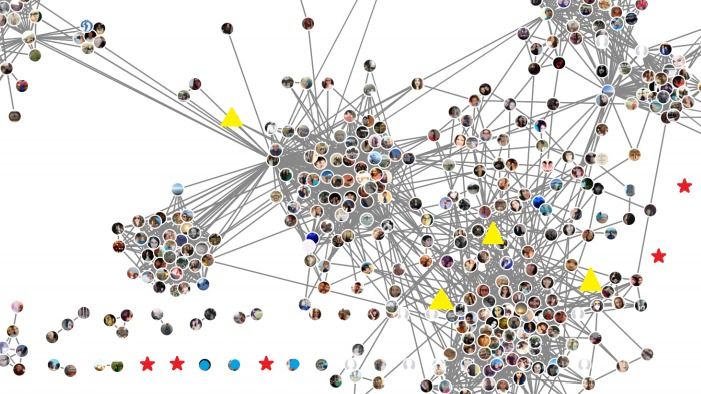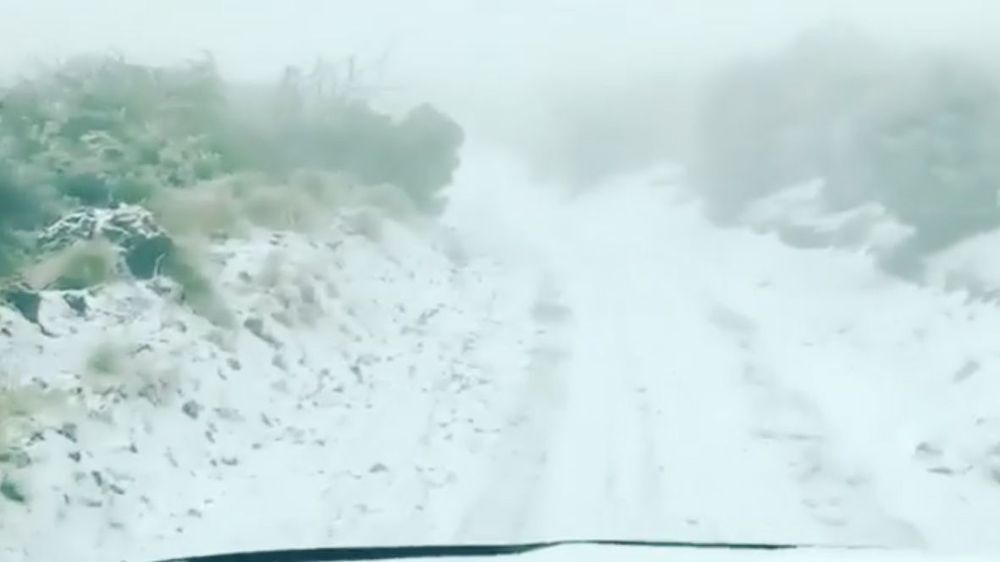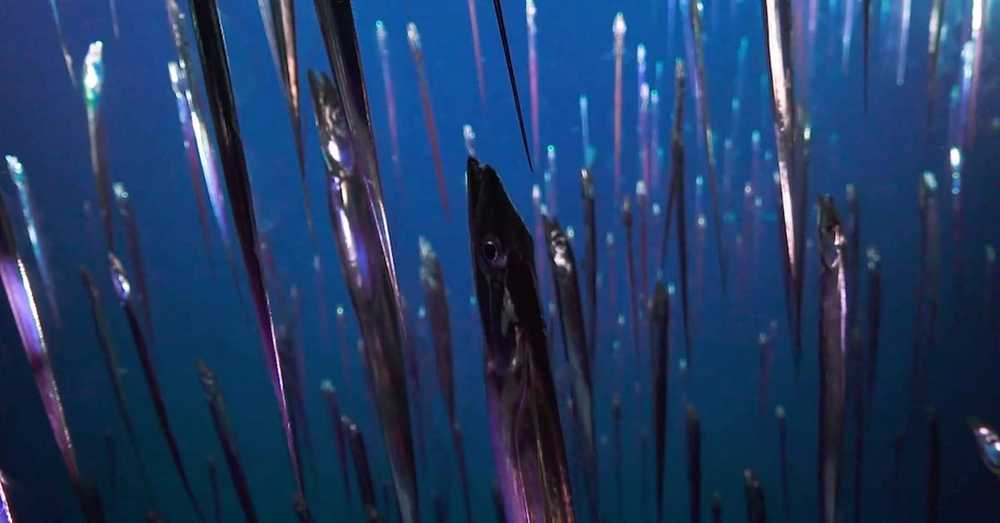Dating websites have changed the way couples meet. Now evidence is emerging that this change is influencing levels of interracial marriage and even the stability of marriage itself.



Dressing in layers is usually the easiest way to ensure that you won’t be uncomfortable at any point in the day. If things get too hot, just shed a layer and you’re good, and if you get chilly again, just slip it back on. But what if you didn’t have to do that at all? What if your clothing could tell if you were too hot or too cool and adjust accordingly?
That’s exactly what researchers from the University of Maryland seem to have accomplished with an incredibly unique kind of new fabric that actually changes depending on your body temperature.
Could a water bottle be more valuable than a diamond?
Explore the paradox of value:
Damaged or chipped teeth can be reconstructed.

As a winter storm bore down on the Hawaii islands early Monday, officials are warning residents of gusty winds, rain, high surf, and a rarer sight: snow.
Hawaii’s Department of Land and Natural Resources (DLNR) Division of State Parks is reporting that “for perhaps the first time ever, snow has fallen in a Hawaii State Park.”
“Polipoli State Park on Maui is blanketed with snow. It could also be the lowest elevation snow ever recorded in the state. Polipoli is at 6200 feet elevation,” the DLNR said in a press release posted on their Facebook page.




Hundreds of people in Florida and Cuba witnessed the phenomenon.